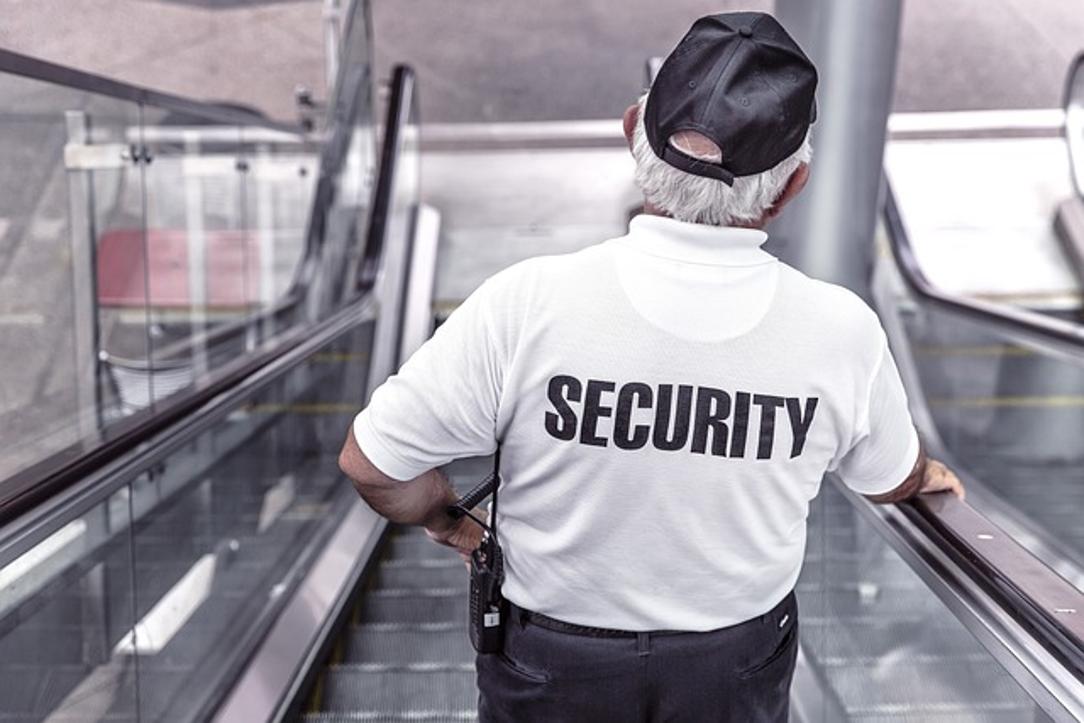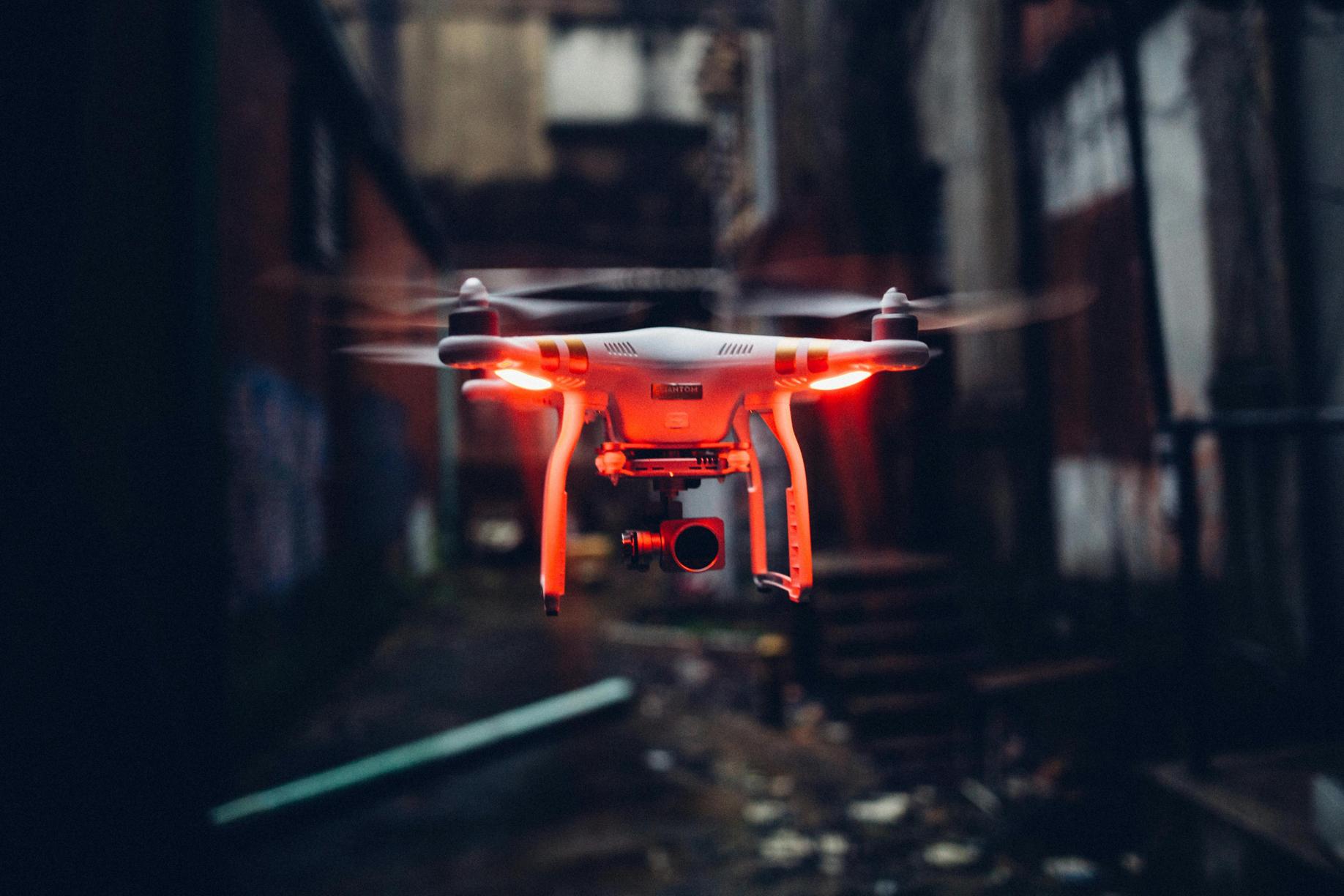Comprehensive Guide to Drone Security: Safeguarding Your Drone in 2024
Introduction
Drone security has become a pressing issue for both hobbyists and professionals. Cases of unauthorized information access, drones being hijacked mid-flight, or sensitive data being compromised are on the rise. As drones integrate more into various sectors, including agriculture, logistics, and surveillance, ensuring their security becomes paramount. This guide meticulously explores the facets of drone security, helping you protect your drone and maintain the integrity of your operations.

Overview of Drone Security
Drone security encompasses multiple layers of protection. The basic idea is to protect the hardware from physical threats and the software from cyber threats. On a broader scale, drone security also includes safeguarding transmitted data and ensuring compliance with regulatory guidelines. A holistic approach is vital, combining technical solutions with operational best practices to ensure comprehensive protection.

Common Drone Security Threats
Cybersecurity Threats
One of the primary threats to drone security is cybersecurity attacks. Drones can be hacked through insecure communication channels, leading to unauthorized control or access. Cyber attackers may intercept data streams or even install malicious software to compromise the drone’s functionality.
Physical Interference
Drones are also susceptible to physical interference, such as jamming signals or using net guns to capture them. This can lead to the drone being damaged, stolen, or losing crucial data. Ensuring physical security is therefore as vital as cybersecurity.
Data Breaches
Data breaches can occur if the information collected by drones is not properly secured. Whether it's sensitive infrastructure insights or personal data, if not encrypted and stored correctly, it can be easily accessed by unauthorized entities. Protecting data both in transit and at rest prevents unauthorized access and misuse.

Implementing Basic Security Measures
Encryption and Secure Communication Channels
Encrypting your drone’s communication channels prevents unauthorized access. This includes both the command and control links and the data transmission links. Implement advanced encryption standards and secure protocols to protect your drone's data transmission.
Regular Firmware Updates
Keeping your drone’s firmware up to date helps safeguard against known vulnerabilities. Manufacturers often release updates that fix bugs and vulnerabilities. Regularly check for these updates and ensure your drone is using the latest version to remain secure.
Using Secure Networks
Always operate your drone using secure, private networks. Public or unsecured Wi-Fi networks can easily be hijacked by cyber attackers. Use VPNs or dedicated private networks to ensure a secure communication channel for your drone operations.
Advanced Security Measures for Drones
AI and Machine Learning for Threat Detection
Leveraging AI and machine learning can significantly enhance drone security. These technologies can detect unusual patterns and behaviors that may indicate a security threat. Real-time monitoring and automated responses to potential threats become more efficient using advanced analytics.
Integrating Advanced Security Software
Deploying advanced security software that offers comprehensive protection against a range of threats is crucial. Look for software solutions that provide features like intrusion detection, real-time monitoring, automated threat response, and robust encryption mechanisms.
Legal and Regulatory Aspects of Drone Security
As technologies advance, understanding the legal and regulatory landscape of drone operations is crucial.
FAA Guidelines
In the United States, the Federal Aviation Administration (FAA) has established guidelines for drone operations. These guidelines cover various aspects, including registration, operational limitations, and safety measures. Complying with FAA guidelines not only ensures legal operation but also enhances overall security.
Compliance with Local Regulations
Apart from national regulations, local laws may impose additional security requirements. It is vital to be aware of and comply with these regulations to avoid legal repercussions and ensure your drone operations are secure.
Case Studies: Learning from Real Incidents
Examining real-world incidents provides valuable lessons in drone security. For instance, in 2020, an unauthorized drone infiltrated airport airspace, causing major disruptions. Thorough investigations revealed weak communication channel encryption as the vulnerability. Another case involved a drone used in agricultural surveys; hacking led to a data breach, exposing sensitive agricultural data. These cases underscore the importance of robust security measures.
Future Trends in Drone Security
Advancements in technology will continue to shape drone security. AI and machine learning will become more integrated, providing smarter threat detection and response systems. Blockchain technology is also expected to play a role in securing drones by ensuring secure, transparent, and tamper-proof transactions. As drone usage expands, new security protocols and standards will emerge, setting higher benchmarks for safety.
Conclusion
Drone security is an evolving field requiring continuous attention and adaptation. By understanding common threats and implementing robust security measures, you can protect your drone from various vulnerabilities. Stay compliant with legal guidelines and stay updated with the latest advancements to ensure your drone operations remain secure and efficient.
Frequently Asked Questions
What are the basic steps to secure my drone?
1. Use encryption and secure communication channels. 2. Keep firmware updated. 3. Operate on secure networks.
How do regulations impact drone security?
Regulations set by entities like the FAA and local governments provide frameworks for safe and legal drone operation, enhancing security measures.
What future technologies will enhance drone security?
AI, machine learning, and blockchain are expected to significantly enhance threat detection, response mechanisms, and secure transactions.



